The iconic idiocy of horned helmets
Or: Why horns were real … weren’t they?
As a writer of Viking historical fiction – sensual or not – I stumble regularly across the silly misconception of warriors wearing horned helmets. Yes, they had horns, but in their hands, as drinking horns. There are some beautiful and intricate examples of those, if you’d like to have a look.
And so no Viking in my books goes without horns, I admit that. In my latest release “The Current – A Battle of Seduction” a drinking horn has a major appearance at the end. I only realised it now, ahem.
There are horns, and there are horns
What I want to say is: Yes, Vikings had (drinking) horns, and they play a good part in my stories when appropriate (at every feast and most meals), and – see “The Current” – they are an authentic accessory to play with. But horns attached to helmets?
This is a concept introduced by Wagner’s operas, and it was so successful, it from then on became a trademark symbol for “Viking” just like their iconic ships. It is an image that stuck – up to these days. And in today’s pop culture, horned helmets are THE icon of the Viking: a concept of fierceness, strength, adventure, power etc. that we associate with “Vikingness”. Many companies, brands, and even sports teams use horns on helmets to invoke these associations of strength and adventure or whatever. It is an instant message, and doesn’t require further explanation. The underlying connotations are instantaneous.
The ouch of horns on helmets – or is iconic sexy?
But for those taking the Viking era seriously, horns on helmets are OUCH. I hate them. I can’t stand that people misinterpret the iconic image as something historic. That they accept all these modern day depictions in movies and cartoons at face-value.
But then: The trademark helps, too. It gives that instant association – which isn’t a negative one. Today, Vikings are “in”. They are cool. Girls love a hot Viking these days, be it Ragnar or Rollo of History Channel’s ‘Vikings’ or even my own creations of hot warriors in my sensual romance stories “Tales of Freya” (The short story “The Current” is the first release in that collection, from April 24th). But I was relieved to see that Ragnar never wore horns in my fave Viking series … He only drank from them.
So the horns can bring together modern associations and historic reality. Although horned helmets for Vikings are an invention of the more recent past – they make “Vikingness” recognisable. They help to carry their fierce, strong image through the centuries to today’s stage. Not even the Romans have such an easily recognisable, unmistakable feature that conjures up very clear ideas.
Of course, people who want authenticity fume at that. I do. I can’t help it. Writers of historical Viking fiction and non-fiction, reenactors like my advisers, and everyone who values historical correctness groans at horns on helmets.
BUT THEN …
Horned gods and ceremonial helmets
I know that there have been finds and depictions of the pre-Viking periods. Most often in ritual contexts. There are horned gods and ceremonial helmets worn for specific purposes (but surely not in war) in prehistoric Europe and in the Migration Period. But my beloved Vikings?
Upon reading the absolutely wonderfully rich and deep “Vikings at War” by Kim Hjardar and Vegard Vike – the completest account of Viking warfare there is – I stumbled across the Oseberg tapestry. And, as even the expert authors point out, there is one tiny figure in one corner … wearing a horned helmet!
I was stunned. Confused. Heart-broken even. It felt like betrayal: I had ridiculed the horned helmet wherever it was connected with Vikings as silly, and then the guys themselves go and shove such a thing in my face? How did that horned guy slip in there?! I couldn’t believe my eyes. I contemplated attacking the figure with a pen to erase the affront! Tsk.
Of course I didn’t. History seems to be, as is so often the case, more complex than what meets the eye. The man depicted could be Odin. It surely is a ceremonial image of a procession. That little guy surely was NOT on his way into a battle with that headwear! Phew.
The authors, and therefore we, don’t know exactly what this figure is depicting. The authors suspect some kind of ritual helmet or cap. It is all guess-work. But it cannot be discussed away: Much as I hate the misconception of horned helmets as an every-day (or even: every war-day) item … That ancient tapestry carries the iconic depiction, the one that many centuries later should become THE image of “a” Viking.
Bjorn the Bear to the rescue!
That was a shock to my system. I’m still digesting it. I was arguing the case of “no horns on helmets!” for as long as I researched Vikingness … and then there is that famous tapestry messing about with my reasoning and proof!
I’m not sure I will ever recover from that find. 😉
And on that note: Say hi to my new Viking love: Bjorn the Bear is my mum’s handmade birthday present, in authentic clothing (thoroughly researched by the seamstress, I’m assured!) and shoes (look at the leg-wraps!). He will accompany me on my research trip next week – Him and me, we’re going back to Hedeby, yay, and say hi to his Viking comrades on the market there.
Bjorn is MY kind of icon. So I asked him to host my blog posts from hereon. He agreed for as long as I fill his drinking horn with good mead or even … Viking beer.
And: HIS helmet is relaxingly horn-free. 🙂
Skal!

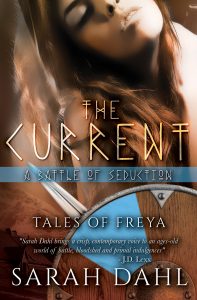
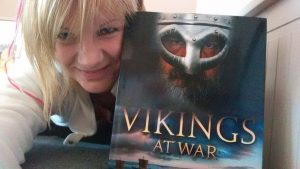


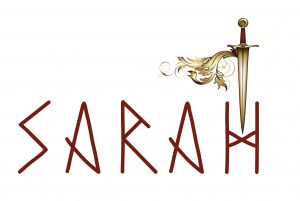

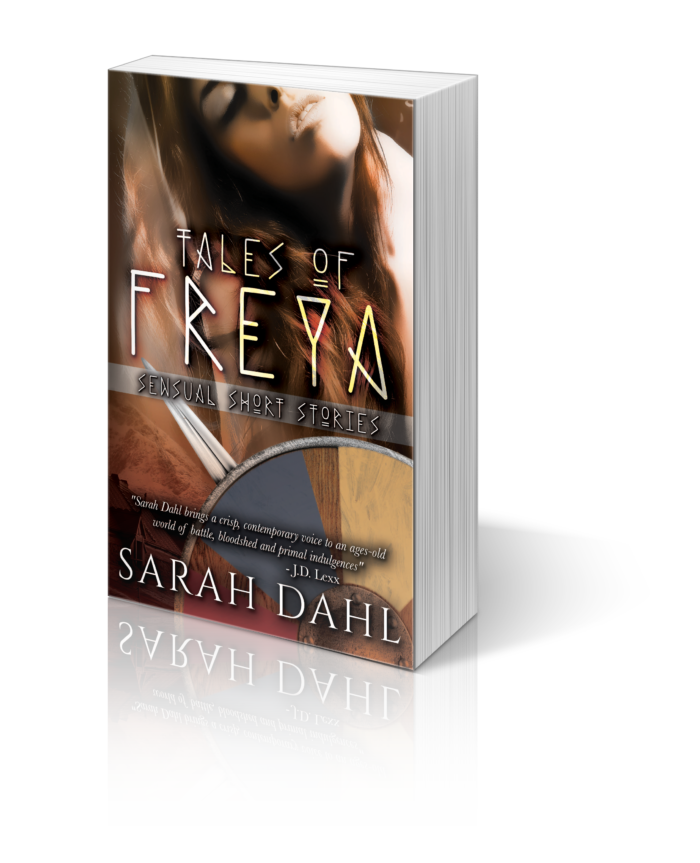
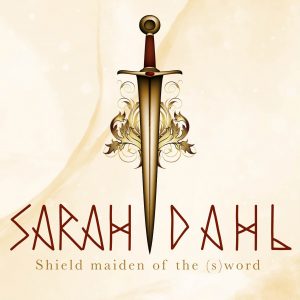
Comments (0)